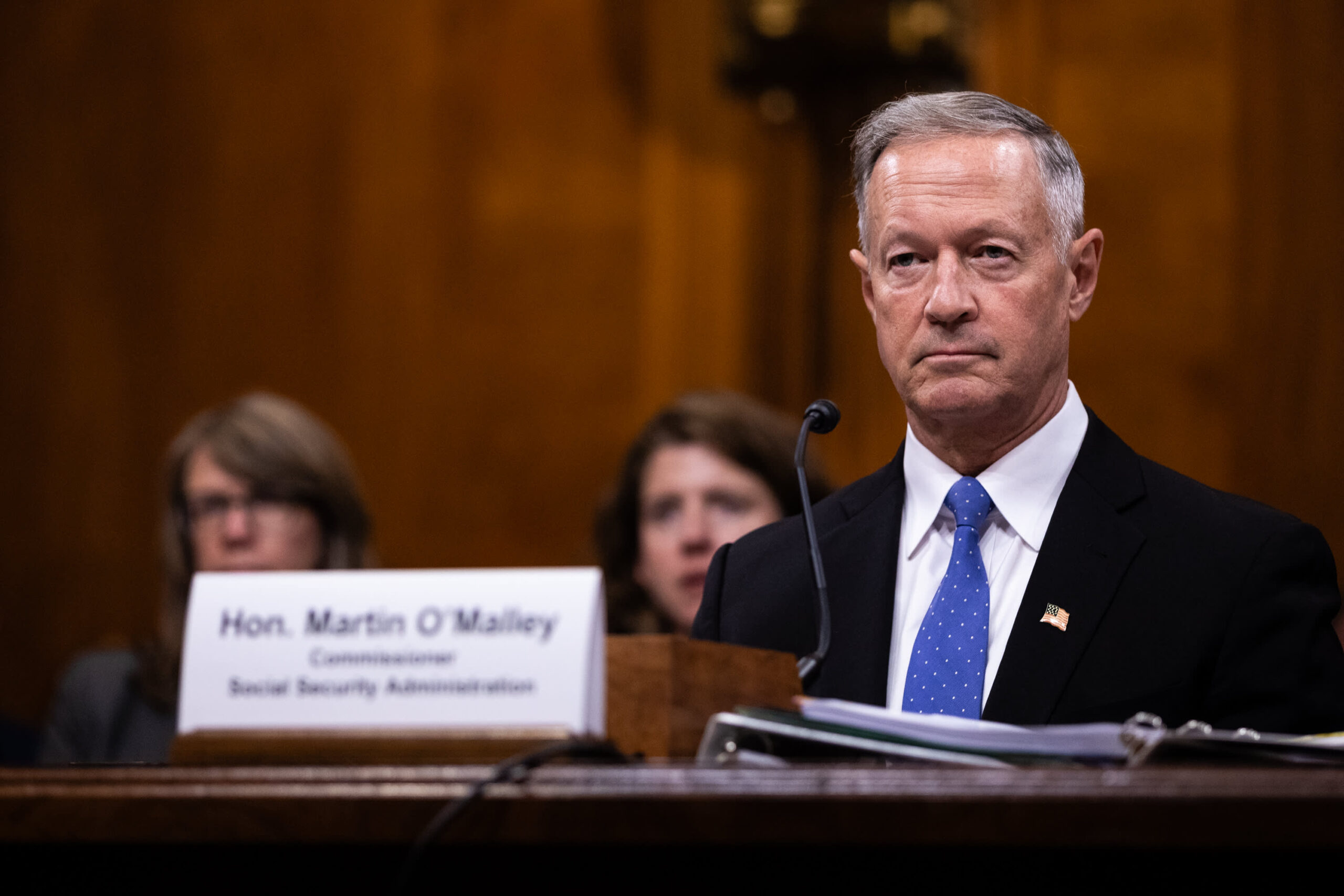As the window of opportunity for India to seal a trade deal with the U.S. closes on Aug. 1 — when tariffs are set to increase to 26% — New Delhi appears to be unfazed by the looming deadline, analysts told CNBC.
This comes even as a trade deal between the U.S. and Japan was announced on Wednesday, which addressed sticking points on greater market access for American autos and agricultural products.
Like Japan, India has resisted greater market access for American agricultural products to protect its local farmers, who form a sizable voting bloc. In its recent trade deal with the U.K., finalized on Thursday, India managed to safeguard its most sensitive agricultural sectors from tariff concessions.
Indeed, India’s Commerce and Industry Minister Piyush Goyal acknowledged that the sector was sensitive to India in an interview with CNBC on Thursday.
“We are always very sensitive to the interests of our farmers, the interests of our [Micro, Small, and Medium Enterprises], and will ensure that our areas of concern are well protected,” Goyal said.
The bilateral trade agreement between India and the U.K. “set a tone to all the Western powers” that New Delhi is ready to trade on its own terms, Sameep Shastri, vice chairman of the BRICS Chamber of Commerce and Industry, told CNBC.
However, as the deadline looms, analysts say Washington also has its reasons to finalize an agreement sooner rather than later.
“Strategically, the U.S. has little interest in alienating India. It sees India as a strong partner that can shape the Indo-Pacific landscape,” Harsh V. Pant, Vice President of Studies and Foreign Policy at Observer Research Foundation, told CNBC.
Strategic hedge against China
Bringing manufacturing back to the U.S., especially from China, has been a central tenet of Trump’s economic policy.
Because the Trump administration is largely focused on countering China’s arrival on the global stage, India represents a potential alternative to China in global manufacturing, analysts told CNBC.
India’s role in managing this great power rivalry “very, very, critical,” said Pant.
As America “positions itself against China’s reach into global supply chains,” shifting manufacturing to India becomes a natural “compromise”, and might even complement the shift back into the U.S.,” Vishnu Varathan, head of economics and strategy at Mizuho Bank, said.
For example, the U.S. could control some of the higher end of the manufacturing chain, which requires more technology and skilled labor, while India “complements it with cheaper labor,” Varathan added.
In doing so, India might be able to “cut China out and position the U.S. more strategically,” all while walking the diplomatic tightrope, added Varathan.
Walking the BRICS tightrope
India’s role in the BRICS, a group of 10 emerging economies, which includes Brazil, Russia, India, China and South Africa, could also give New Delhi “a degree of flexibility in U.S.-India deals,” Observer Research Foundation’s Pant said.
According to the Carnegie Endowment for International Peace, the bloc aims to challenge Western-led global economic institutions and reduce the dominance of the U.S. dollar in the global economy.
On July 6, U.S. President Donald Trump threatened an additional 10% tariff on countries that align with the “Anti-American policies of BRICS,” just as Indian Prime Minister Narendra Modi was on a high-profile visit to Brazil for a BRICS summit.
Trump would repeat his threat over a week later, saying on July 18 that he would “hit [BRICS] very, very hard” if they ever “really form in a meaningful way.” “We can never let anyone play games with us,” he added.
Despite being caught in the tug-of-war between the U.S. and BRICS, India has appeared to escape Trump’s wrath. Indeed, Trump hinted on multiple occasions that the framework for a trade deal with India is close to the finishing line.
Within BRICS, India is facing increasing pressure from China, which sees New Delhi as “competing for a leadership role” in the bloc, according to Mizuho Bank’s Varathan. As such, it appears that India would be useful to the U.S. as a counterbalance to China in the BRICS.
Trump has also claimed that BRICS wants to “take over the dollar” through the creation of an alternative reserve currency, despite denials from members of the bloc.
This could be another bargaining chip in India’s negotiation arsenal with the U.S., Varathan said, as India could work to “convince Trump that they are not on board with the plan for an alternate currency.”
He added that India could focus on what it can transactionally offer to the U.S., which might incentivize Trump to “treat them a little better because he sees them as being aligned.”
India’s Plan B
India has been pushing for more trade deals even as it continues to negotiate with the U.S. Sarang Shidore, director of the global South program at the Quincy Institute, pointed out in emailed comments that this is part of India’s “increased turn toward a multi-alignment strategy.”
Besides the UK, India has advanced talks on trade agreements with Maldives, the EU, and more, all while “retaining its strong link with Washington as its biggest global partner,” according to Shidore.
This diversification gives India leverage, both at the negotiating table and in navigating global economic shocks. If the U.S. imposes higher tariffs or ties trade to more difficult concessions, India could accelerate deals elsewhere, thereby softening the blow.
More than just a hedging tactic, Shidore thinks this approach reflects India’s broader worldview: as a rising power that aims for multilateralism while “championing the Global South.”
Clarification: This article’s headline was updated to better reflect the story

